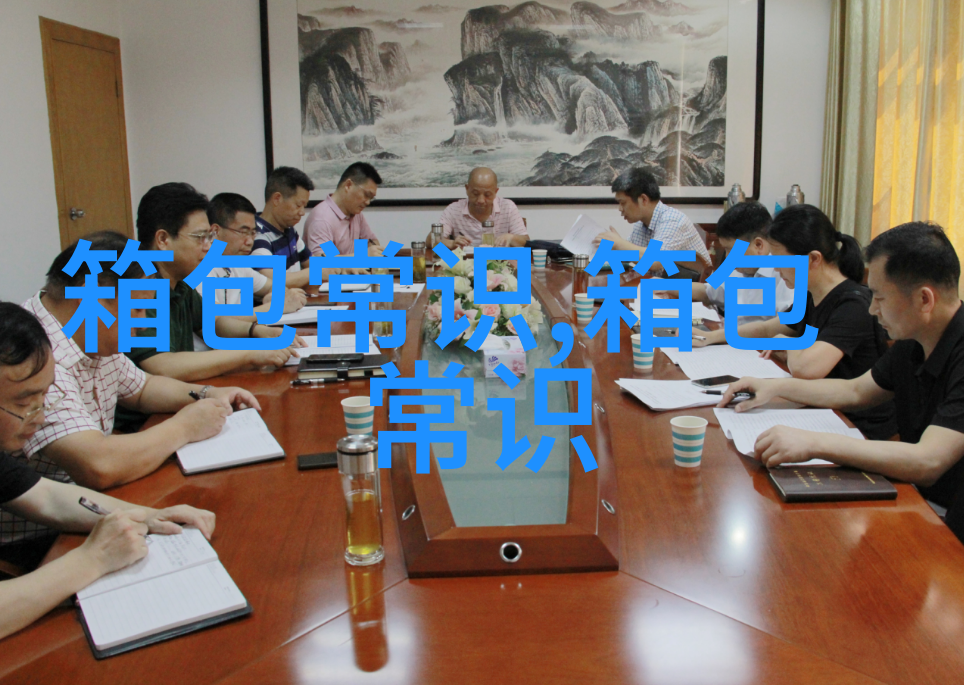医院验光单配镜技术的可行性研究

引言
随着近视、远视等眼科疾病的普遍化,眼镜配戴成为日常生活中不可或缺的一部分。医院验光是确保患者获得正确度数和偏振方向眼镜的关键步骤之一。在这个过程中,医生会根据患者的眼睛情况进行一系列测量,并通过验光单来指导后续的镜片制作。然而,一直有关于医院验光单是否可以直接用于配镜的问题。本文旨在探讨这一问题,并对相关技术进行深入分析。

验光单概述
hospitals' ophthalmic refraction reports are crucial documents that summarize the results of a patient's eye examination, including their refractive error and any other relevant information. These reports serve as a blueprint for optometrists or ophthalmologists to prescribe appropriate corrective lenses.

直接配镜概念与挑战
The idea of directly using an ophthalmic refraction report for lens prescription is not new, but it does come with its share of challenges. The most significant hurdle lies in ensuring that the information contained in the report is accurate and reliable, as this will directly impact the quality of vision correction provided to patients.

医院验光流程简介
The process of obtaining an ophthalmic refraction report typically involves several steps:

Patient history taking: Gathering information about a patient's visual needs and past eye care experiences.
Visual acuity testing: Assessing a patient's ability to see objects at varying distances.
Refraction testing: Determining the correct power needed to correct a patient's refractive errors through trial lenses or autorefractors.
Keratometry: Measuring the curvature of a patient's cornea using specialized instruments.
Ocular motility evaluation: Assessing eye movement and focusing abilities.
验光报告内容解读
A typical hospital ophthalmic refraction report includes details such as:
Subjective assessment (subjective): Patients' self-reported symptoms regarding their visual acuity, reading ease, glare sensitivity etc., which may vary from person to person due to factors like age-related presbyopia.
Objective assessment (objective): Results obtained through various objective tests performed by healthcare professionals during examinations; these include spherical power (SP), cylindrical power (CP), axis orientation (AX) values etc.
优化现有流程以支持直接配镜
To make direct use of hospital ophthalmic refraction reports more feasible, there are several ways we can optimize existing processes:
A) Standardization & Quality Control Measures
Ensure standardization across all clinics in terms of equipment usage and protocols followed while performing measurements so that data consistency improves significantly.
B) Advanced Technology Integration
Incorporate cutting-edge technologies into clinical practice; examples include phoropters with advanced software capable of analyzing complex prescriptions accurately without human intervention.
研究方法与数据分析策略
In order for our study on hospital-based direct lens prescription feasibility research to be comprehensive enough we must employ multiple strategies such as literature review analysis statistical modeling experimental designs case studies etc., thereby creating robust conclusions based on diverse perspectives from various fields related medical sciences optics engineering computer science among others
7 结论与未来展望
Based upon our findings this paper demonstrates how hospitals’ verification can indeed provide sufficient data necessary for manufacturing corrective eyewear given proper adherence towards established guidelines coupled with advancements within technology utilization future studies should investigate potential benefits associated improvements made possible via integration smart devices remote consultations virtual reality platforms enhancing accessibility healthcare services especially those residing rural areas distant locations thus promoting better overall public health outcomes worldwide




